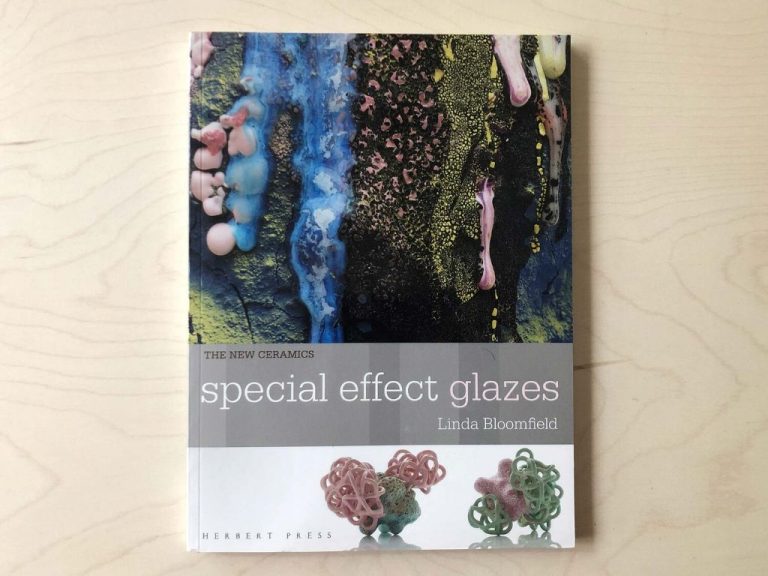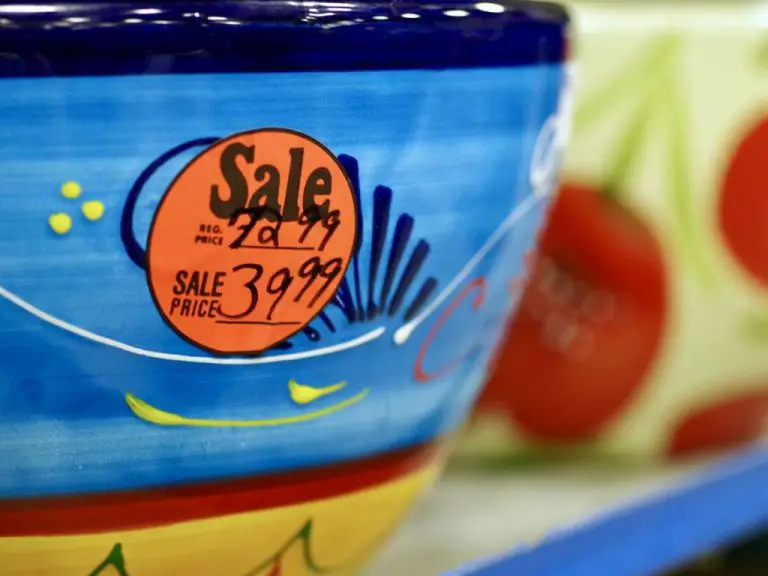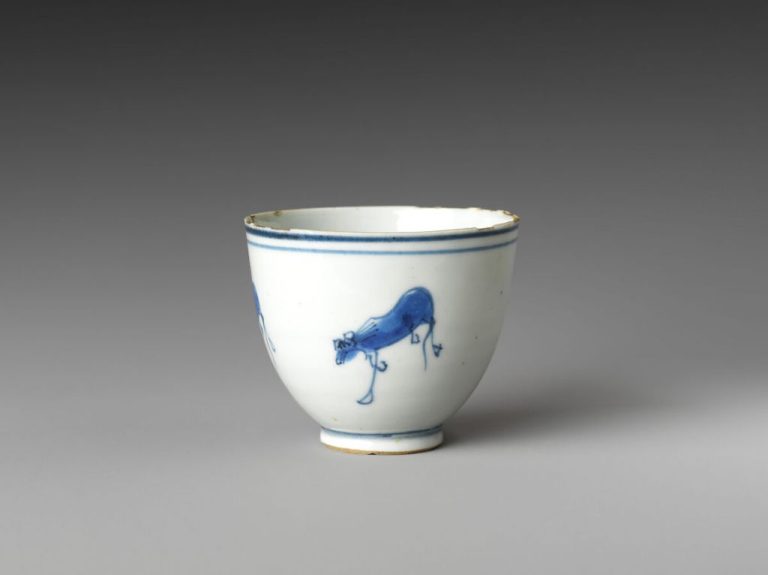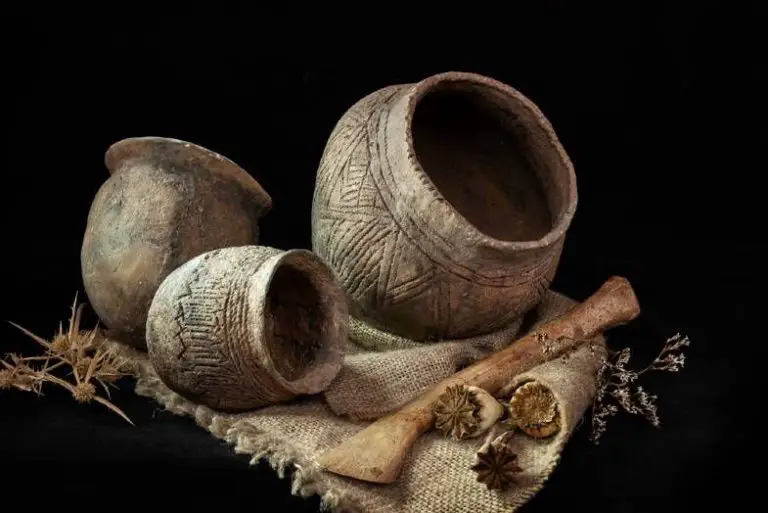Is It Better To Buy Olive Oil In A Bottle Or A Can?
When it comes to buying olive oil, consumers have two main packaging options – glass bottles or cans. Olive oil can be found in both clear and dark glass bottles, while cans are typically made of tin. The packaging plays an important role in protecting the oil from light, oxygen, and heat exposure which can cause olive oil to go rancid faster. While both bottles and cans have advantages and disadvantages when it comes to preserving quality and freshness, there are also other factors to consider such as taste, cost, and environmental impact. This article provides an overview of the key differences between buying olive oil in bottles versus cans to help consumers make the best choice for their needs.
Olive Oil Production
Olive oil is made by pressing whole olives to extract the oil. First, olives are harvested and transported to the mill. There, they undergo cleaning, washing, and grinding into a paste. The olive paste is then malaxed, which mixes it to release the oil. Next, the paste undergoes extraction to separate the oil from the solids and vegetation water. Common extraction methods include pressing with a stone wheel, centrifugation, or percolation.
After extraction, the olive oil undergoes separation to remove any remaining water content. It then goes into storage tanks where the oil rests and clarifies through sedimentation. Finally, the olive oil is bottled. Most olive oil meant for export gets bottled right at the olive mill. The oil is filtered during the bottling process to remove any remaining bits. The bottles are then packed, distributed and make their way to supermarket shelves. (Source)
Bottle Advantages
Olive oil sold in bottles has several advantages over canned options. When it comes to appearance, many people prefer the classic look of a dark glass bottle with an olive branch label. Bottles also make it easy to pour just the right amount, whether drizzling some olive oil over a salad or bread. Bottles come in a wide variety of sizes, from single serve to family size, allowing you to purchase just what you need. Research has shown that olive oil contains heart-healthy fats and antioxidants that can provide numerous health benefits.
One study found that higher olive oil consumption was associated with lower risk of cardiovascular disease and mortality (“11 Proven Benefits of Olive Oil,” Healthline, 2023). Having olive oil in an attractive bottle on the kitchen counter makes it easy to use daily and reap those health rewards.
Bottle Disadvantages
Olive oil sold in glass bottles tends to be more expensive than olive oil sold in other types of packaging. Glass bottles are fragile and prone to breaking if dropped. They also take up more space in cabinets, on shelves, and during transport and shipping. According to one source, “Glass bottles are far more fragile than other options, so there’s always the risk that the bottle will slip out of your hands and shatter across the floor. This can make a big mess, and olive oil stains can be extremely difficult to clean up.” Source
Can Advantages
Canned olive oil tends to be less expensive than bottled options. The canning process allows olives to be packaged and distributed in bulk, reducing costs. Cans are also more durable for shipping and storage, minimizing breakage or spoilage (source). In addition, cans take up less space on grocery shelves and in home pantries. Their compact size makes canned olives easy to stack and store.
Can Disadvantages
Canned olive oil has some notable downsides compared to bottled olive oil. One major issue is that the can packaging can negatively affect the taste and quality of the olive oil over time. Metal cans are porous, which means oxygen can seep in (1). This exposure to oxygen can cause the olive oil to go rancid faster than olive oil stored in a bottle. Rancid olive oil has an unpleasant flavor and should not be consumed.
Another disadvantage of canned olive oil is that it can be difficult to pour and control the flow. Olive oil is thick and viscous, which makes getting just the right amount tricky when pouring from a can. With a bottle, the narrow opening gives you more precision. Cans also don’t reseal after opening. So if you don’t use the entire can quickly, the remaining oil will be exposed to oxygen and deteriorate faster. Bottles can be securely closed to maximize freshness.
According to food experts, olive oil is best bought in dark glass bottles and consumed within a couple months after opening. The bottle protection and lack of light exposure preserves the flavor and quality much better compared to metal cans (2). So those looking for peak freshness and taste would be better off purchasing olive oil in bottles rather than cans.
Taste Comparison
When it comes to taste, olive oil packaged in glass bottles is generally considered superior to olive oil in cans. The key reason is that the flavor and aroma of olive oil can be negatively impacted by contact with air, heat, and light. Glass bottles provide better protection.
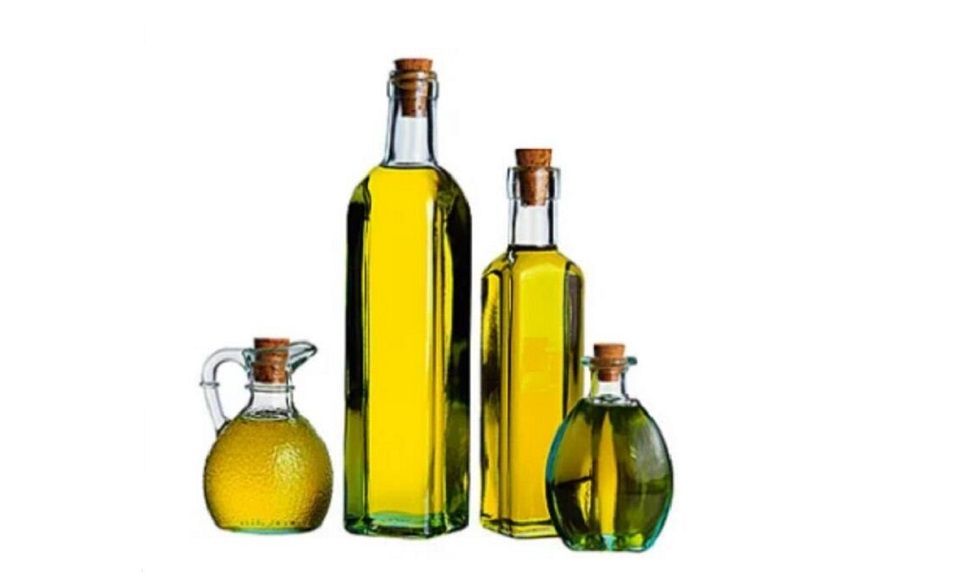
As noted in Consumer Reports, exposure to air can cause olive oil to go rancid and take on undesirable flavors (source). Metal cans are more porous than glass, allowing more air contact. Plastic bottles also permit more air exposure. In addition, clear and green glass bottles allow in light that can accelerate oxidative damage.
Olive oil tasters describe higher quality olive oils as having aromas and flavors such as green apple, grass, pepper, almond, and tomatoes. Poor storage leads to defects described as musty, fusty, winey, vinegary, and rancid (source). So glass bottles, especially dark colored ones, help preserve olive oil’s more desirable and complex tastes.
Cost Comparison
When comparing the cost of olive oil in bottles versus cans, it’s important to analyze the price per volume. Bottle sizes for olive oil typically range from 8.5 oz to 101 oz, while cans often contain around 33.8 oz. According to data on average bottle and tin prices in the US, a 16.9 oz bottle of extra virgin olive oil costs around $8-12 on average. Comparatively, a 33.8 oz tin of extra virgin olive oil costs $12-18 (https://www.quora.com/Should-I-buy-olive-oil-in-a-bottle-or-in-a-can). This means the average price per ounce for bottled oil is $0.47-0.71, while for canned oil it is $0.36-0.53. Based on this price per volume comparison, canned olive oil is generally the more cost-effective option.
However, it’s worth noting that larger bottles (67 oz+) can offer the lowest price per ounce, sometimes as low as $0.13 per ounce. The tradeoff is having to store the large bottle and use the oil before it expires. Smaller bottle sizes may make sense for infrequent olive oil users despite their higher per ounce costs. Ultimately, those who use olive oil frequently will get the best value from large cans, while moderate users may find smaller bottles or tins more practical.
Environmental Impact
When considering the environmental impact of olive oil packaging, the key factors are greenhouse gas emissions, plastic waste, and recyclability. Glass bottles have a larger carbon footprint due to the energy required to produce and transport glass. According to Treehugger, boxed or bag-in-box olive oil has a lower carbon footprint than glass bottles. The cardboard box and internal plastic bladder are lightweight and take less energy to produce and ship. However, plastic packaging generates microplastic waste. Olive oil packaged in tin cans avoids both issues as tin is highly recyclable and lightweight to transport.
Regarding recyclability and waste, glass bottles are readily recyclable while plastic bottles create microplastic pollution. However, sustainable paper packaging is an eco-friendly option made from recycled materials. Overall, bag-in-box, tin cans, and sustainable paper packaging have the lowest environmental impact for olive oil.
Recommendation
Overall, buying olive oil in a bottle is generally the better option compared to buying it in a can. Olive oil in bottles, specifically dark or opaque bottles, helps protect the oil from heat and light which can degrade the quality and taste over time. Bottled olive oil also allows you to better inspect the product and ensure you are buying high quality extra virgin olive oil. While cans keep out light, they still expose oil to more heat and air compared to a full bottle. Cans are more convenient and portable, but bottled olive oil is usually higher quality, retains flavor better, and allows more options to find the best olive oil for your needs.
When buying olive oil in a bottle, look for opaque, dark glass bottles to limit light exposure. Also inspect the label for information like harvest date, location, varietal of olives, and any quality certifications. Try to buy olive oil in smaller bottles that will be used up quicker once opened. While bottled olive oil may come at a slightly higher upfront cost than canned, the quality and flavor retention is worth paying more. Overall for premium taste and nutrition, olive oil is better bought in an opaque, well-sealed bottle compared to a can.


